 A Case for the Arts in STEM Education
A Case for the Arts in STEM Education
Art and Technology: A Necessary Combination.
The education field is crowded with writers and educators asking for the inclusion of the arts in STEM education, with voices as diverse as Senator Kamala Harris and former Cisco Systems CTO Padmasree Warrior advocating for adding an “A” to STEM.
There are aspects to the arts which provide significant skills and behaviors that make the STEM student and employee a more valued team member.
Science, technology, engineering, and math ultimately interact with real humans, and that interaction is framed by our perception and nature. Our world is real and analog; our behavior is based upon our evolutionary biology. The arts are the link connecting technology to the human experience – along with the arts’ ability to influence critical thinking skills.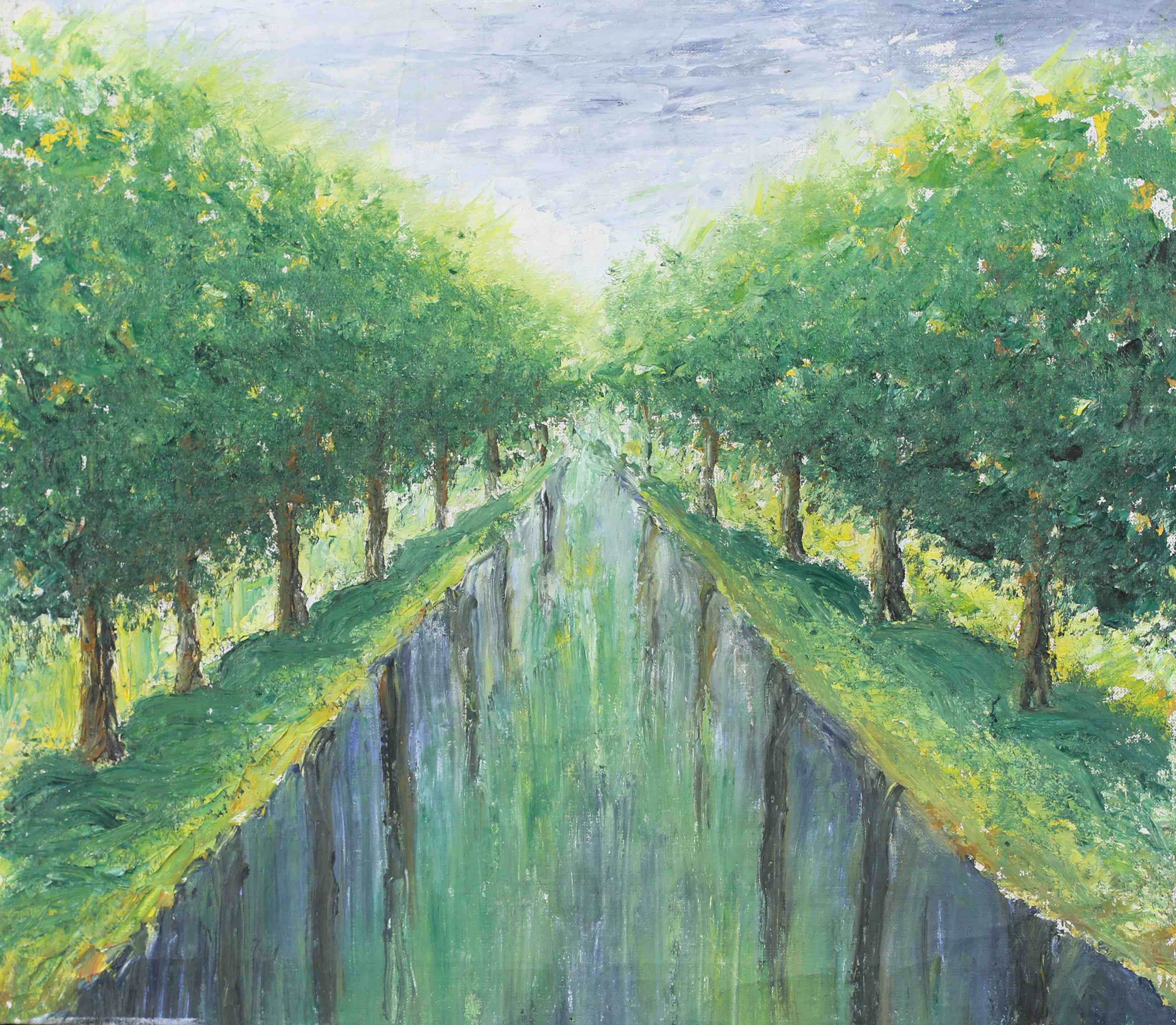
Take me as an example:
I am a prime example of the need for the arts in a STEM education: as a Naval Architecture undergraduate, I studied one of the most aesthetically aware types of engineering. A boat does not merely float and withstand weather; the words we use to describe boats are not the words of technology, but of art: graceful…stately…elegant…sleek. Inelegant boats have almost onomatopoetic descriptions, such as ‘barge’ or ‘scow’. And as I designed different types of boats, the elegance of their shape and its interaction with the world of water and waves was as important as the digital representation in my computer-aided design system.
How can the arts help a ‘tech’ student?
This is not as simple as an engineering major taking some art electives or trying to simplify science by using artistic analogies. Rather, take as an example the STEM major who enrolls in an elective titled, generically, Art Appreciation. What might she learn in that class – proportion and balance in sculpture, shading in a fresco, perspective and vanishing points in an oil painting, …all skills of great artists. But they are also magical techniques to influence the conscious and unconscious 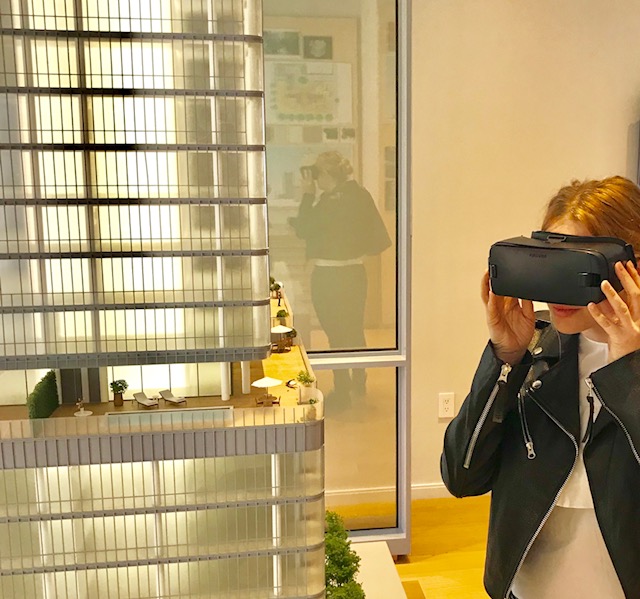 perceptions of our world –any application in a technology field needs to understand how real humans react to technology-developed visualizations. Just look at the boom in the development and use of virtual reality (VR) glasses for everything from teaching to marketing a new product!
perceptions of our world –any application in a technology field needs to understand how real humans react to technology-developed visualizations. Just look at the boom in the development and use of virtual reality (VR) glasses for everything from teaching to marketing a new product!
Evaluating a student’s college list and choice of majors is an opportunity for counselors and advisors to advocate for the inclusion of arts in STEM studies. And just as we coach, probe, and challenge prospective STEM students on the best fit for their interests and aspirations, we can do the same with specific aspects of the arts.
Consider an architectural example:
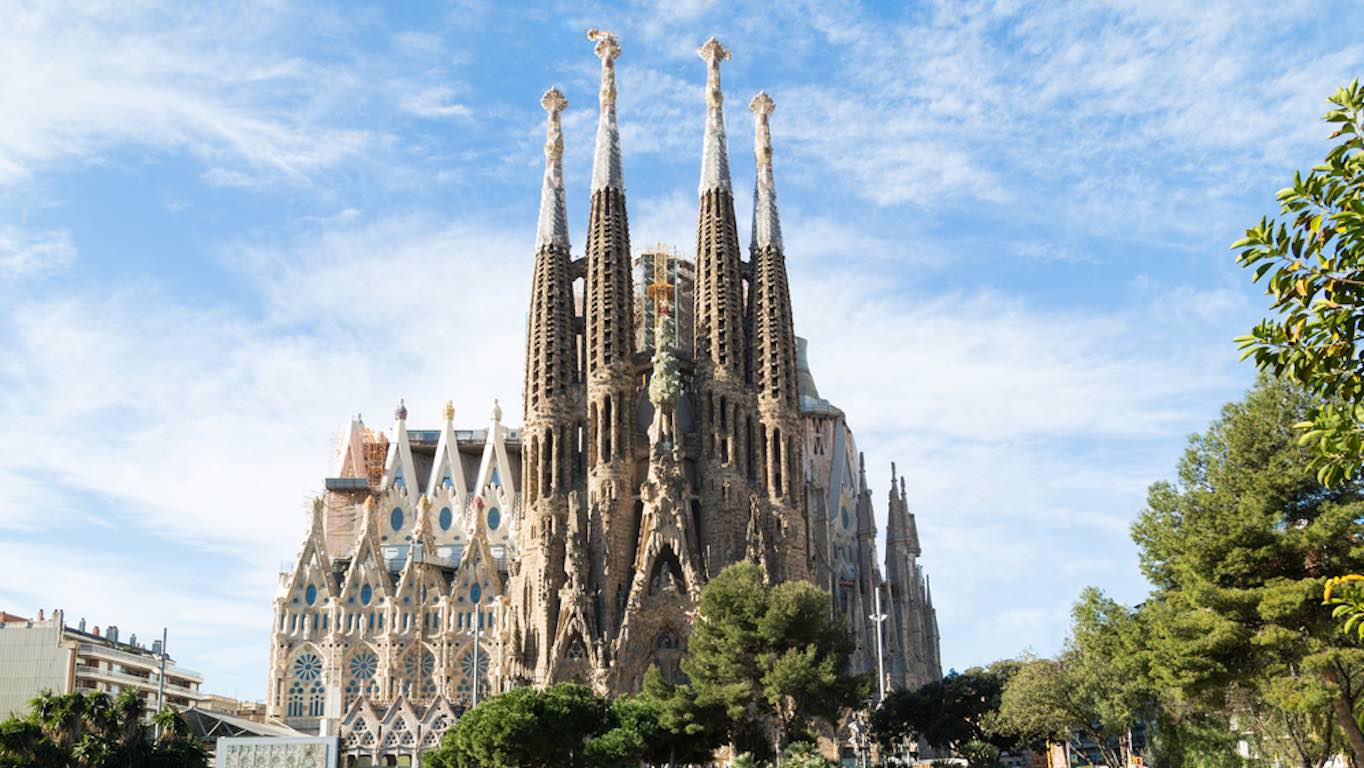 I recently visited Barcelona and the museum of Gaudi’s Basílica i Temple Expiatori de la Sagrada Família. There I saw the architect’s scale models of a self-supporting structure using weighted inverted catenary arches to simulate the actual loads; this allowed the more contemporary builders to use computer aided design as they calculated structural support. Seeing the actual structure was magical – as I simultaneously reacted to the beauty and message of Gaudi’s creation, and the wonder of ‘how does this thing stay up’?
I recently visited Barcelona and the museum of Gaudi’s Basílica i Temple Expiatori de la Sagrada Família. There I saw the architect’s scale models of a self-supporting structure using weighted inverted catenary arches to simulate the actual loads; this allowed the more contemporary builders to use computer aided design as they calculated structural support. Seeing the actual structure was magical – as I simultaneously reacted to the beauty and message of Gaudi’s creation, and the wonder of ‘how does this thing stay up’?
Sound and Music are useful too.
As we advise students on their college list, the arts of sound and music are a useful addition to a STEM curriculum in, for example, electrical engineering and computer science. Some of my more math-oriented students have been surprised to learn how much math there is in sound, and contemporary computer science classes that focus on human/machine interface and natural language understanding ultimately tie the hardware and software to our human ‘wetware’. Musicians subconsciously understand the math beneath the music – whether tuning a piano in octaves and thirds or transposing a score to a new key.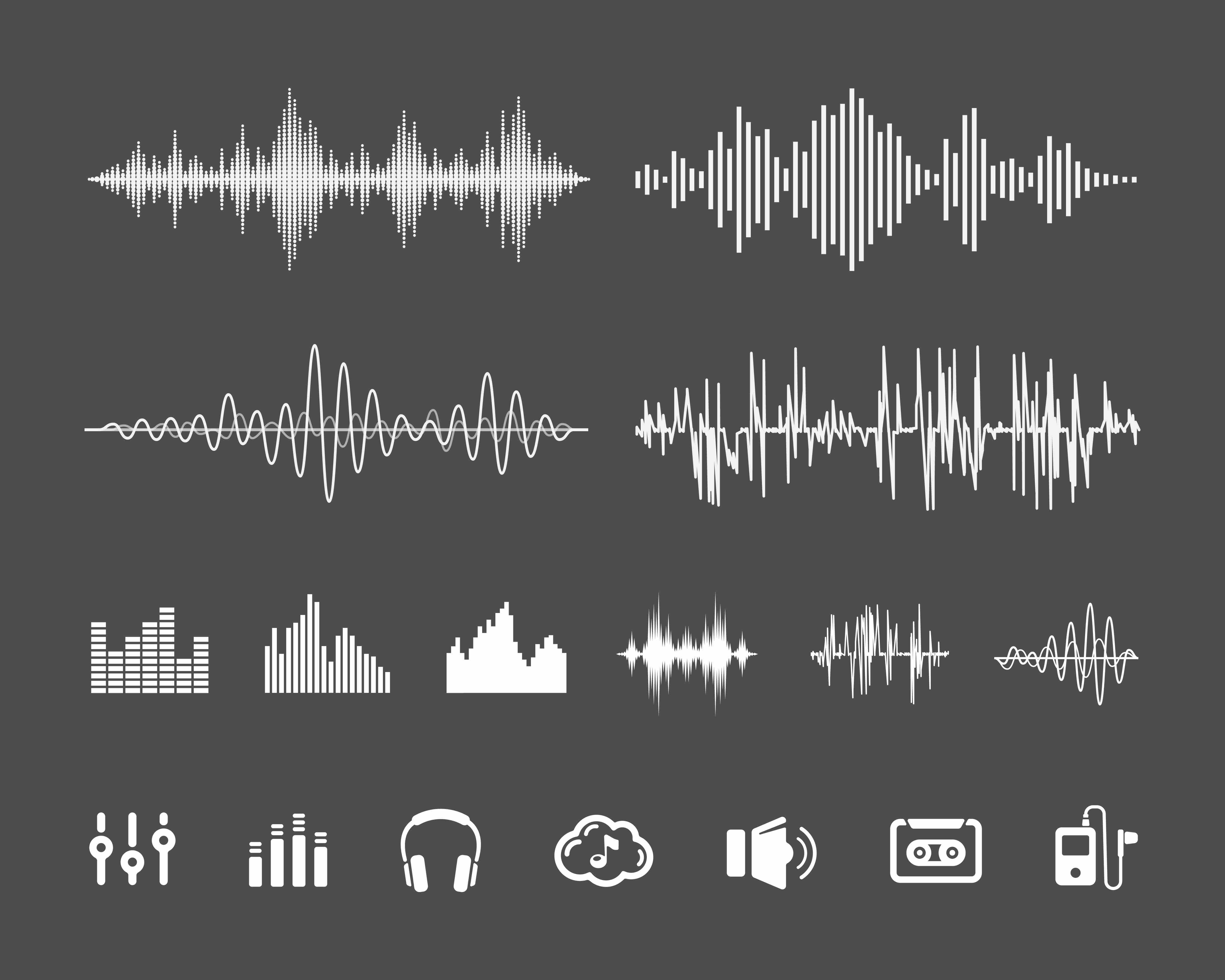
Bring on the A.
A STEAM education values the contribution of the arts and integrates them thoroughly – not peripherally, in the curriculum. At some point, engineers and scientists will need to build consensus, understand other’s point of view, and read subtle verbal and non-verbal cues. Let’s hope to inform our students and help them make the right choice because, as Senator Kamala Harris said, “…art, music and creative programs … teach children to think critically and innovate. These programs are not only critical for children’s overall wellbeing and development, but help foster innovation in technical fields as well. “
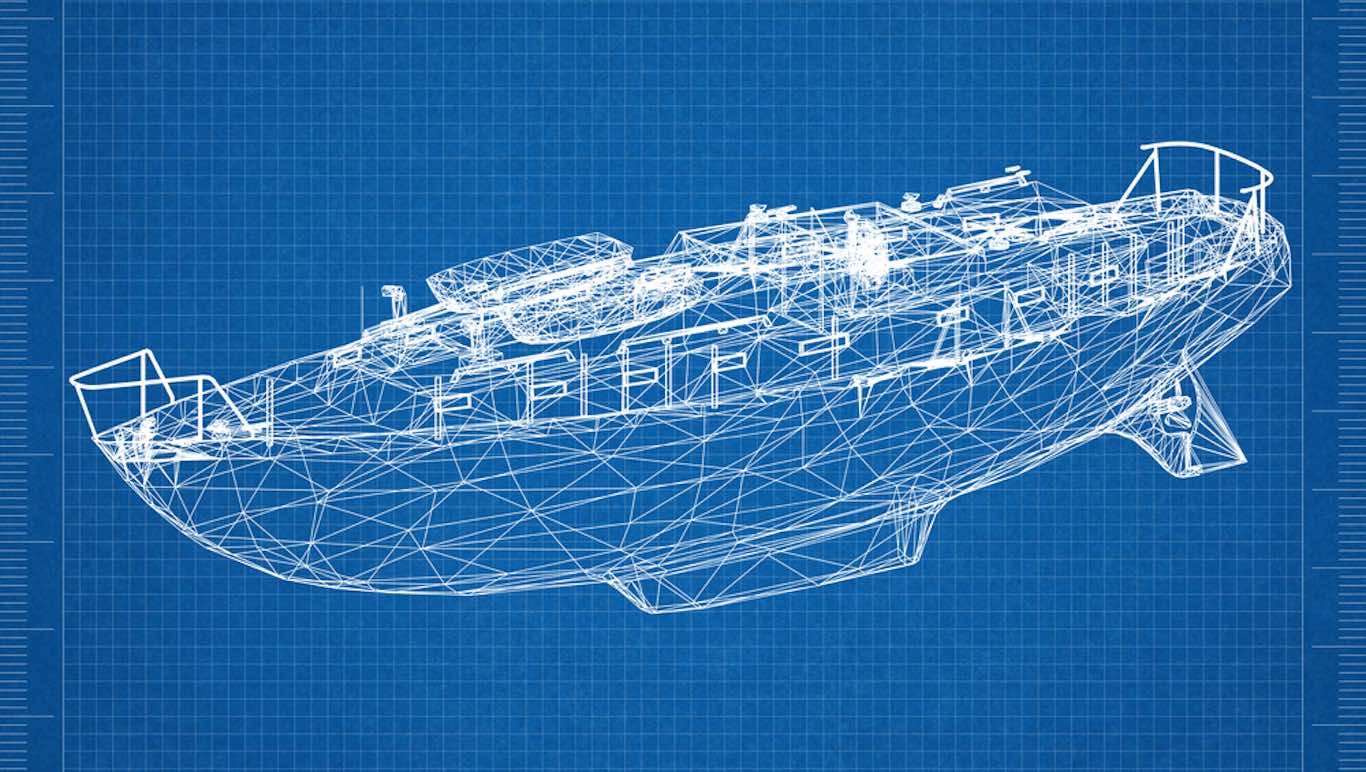 A Case for the Arts in STEM Education
A Case for the Arts in STEM Education